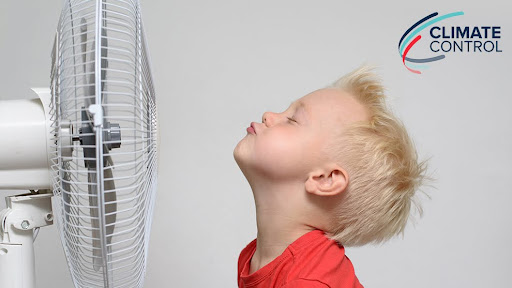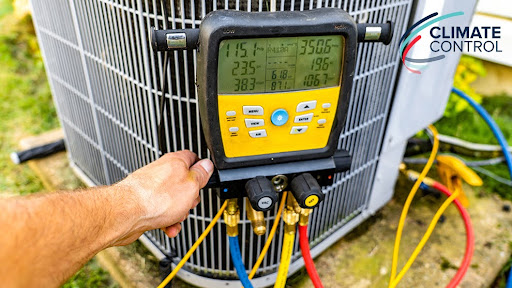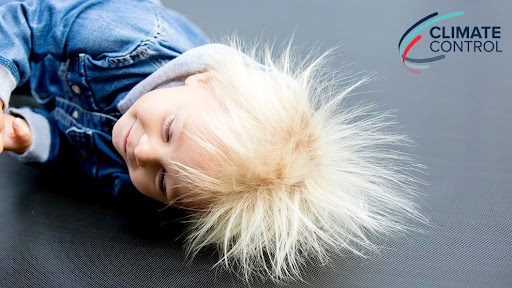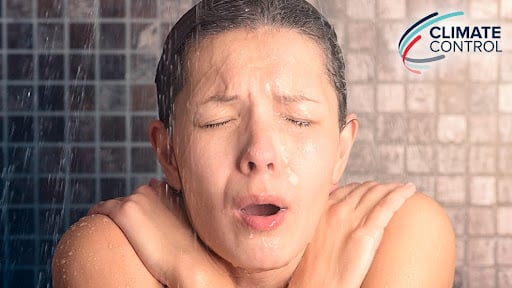Carbon monoxide (CO) is a gas that does not really act like a lot of other gasses. It is tasteless, odorless and colorless. And while it occurs naturally in small amounts in the environment as animal products deteriorate, it can also be a by-product of man-made devices. Carbon monoxide is also produced in fuel-burning appliances such as furnaces, boilers and water heaters. If these devices are damaged and operating incorrectly or operated in areas without proper ventilation, harmful and possibly fatal levels of CO can be produced.
Physical symptoms caused by low or moderate levels of CO poisoning may include nausea, dizziness, headaches, shortness of breath and fatigue. These symptoms often resemble those seen in minor illnesses such as the common cold or flu, but they should not be ignored. If the problem gets worse, it could lead to high-level exposure to CO, which can cause death in a short period of time. Each year across the country, there are more than 400 deaths that are caused by accidental, non-fire carbon monoxide poisoning, most of which could have been prevented.
You can protect your home with a store-bought CO detector, but many models are not equipped to detect low-level emissions. Following are some of the most common CO detectors that are used:
- Digital Read-out. The most recommended for home use because they include a constant display panel that records the current and previous carbon monoxide concentration levels in parts per million.
- Hard-wired. These are wired directly to your building’s electrical system and include battery backup. Should be installed by qualified professionals.
- Electrical Plug-in. Detectors are plugged directly into the AC outlets in your home. Popular for their convenience and because there is no battery replacement needed.
- Dual Smoke and Carbon Monoxide Detectors. Featuring both smoke and carbon monoxide sensors, these models are not highly recommended because positioning requirements for each type of detector varies. Smoke alarms usually function best when placed on the ceiling, while the best spot to install a CO detector is on the wall.
Installing carbon monoxide detectors in your home or business is a good first step, but it is always a good idea to have a thorough CO home assessment performed by trained, professional technicians with the proper equipment and certifications. If there are any harmful levels of carbon monoxide present, this test can identify the source of it is and what is required to fix it. Call your friends at Climate Control Company today to schedule a tune-up and keep your family safe from potentially dangerous carbon monoxide poisoning.







